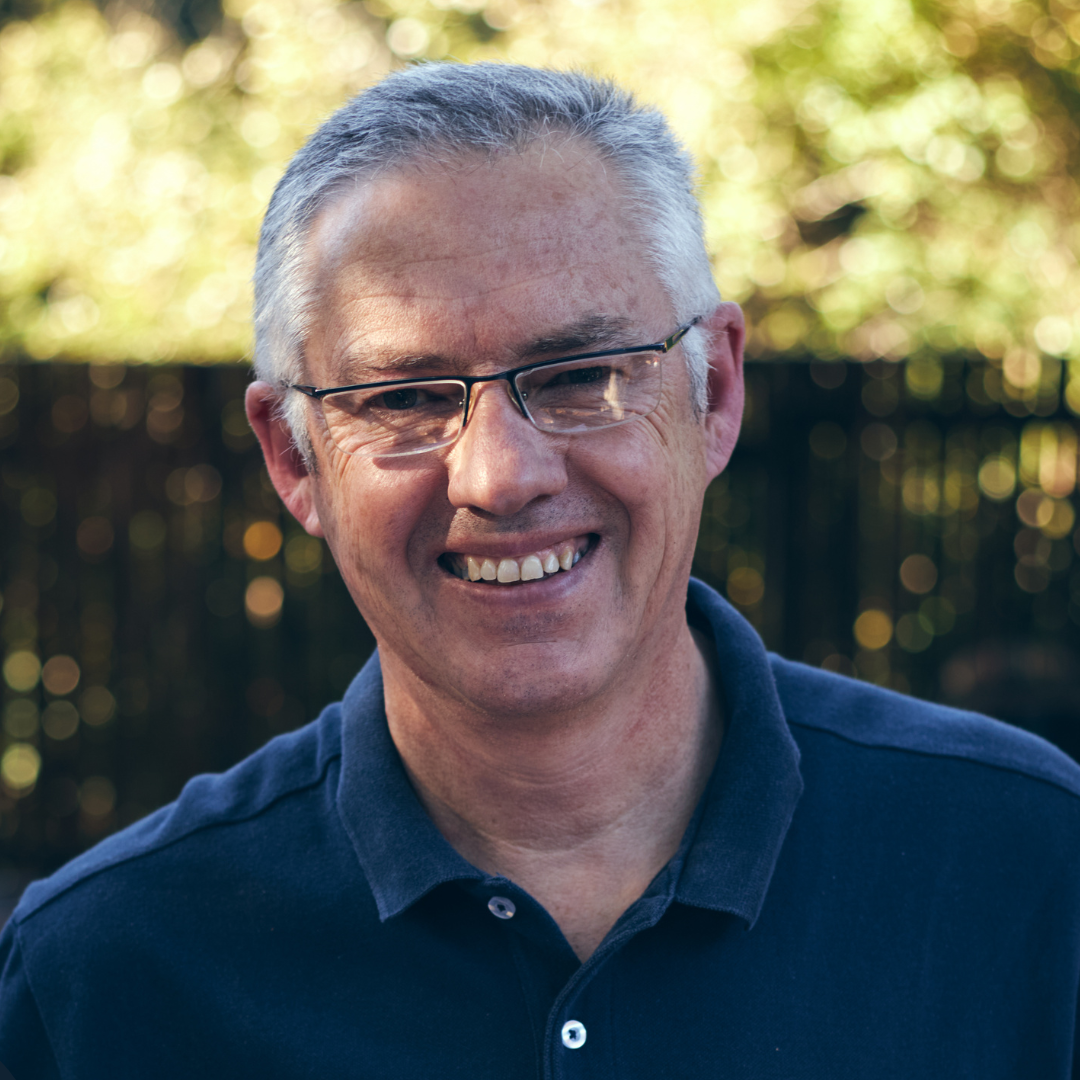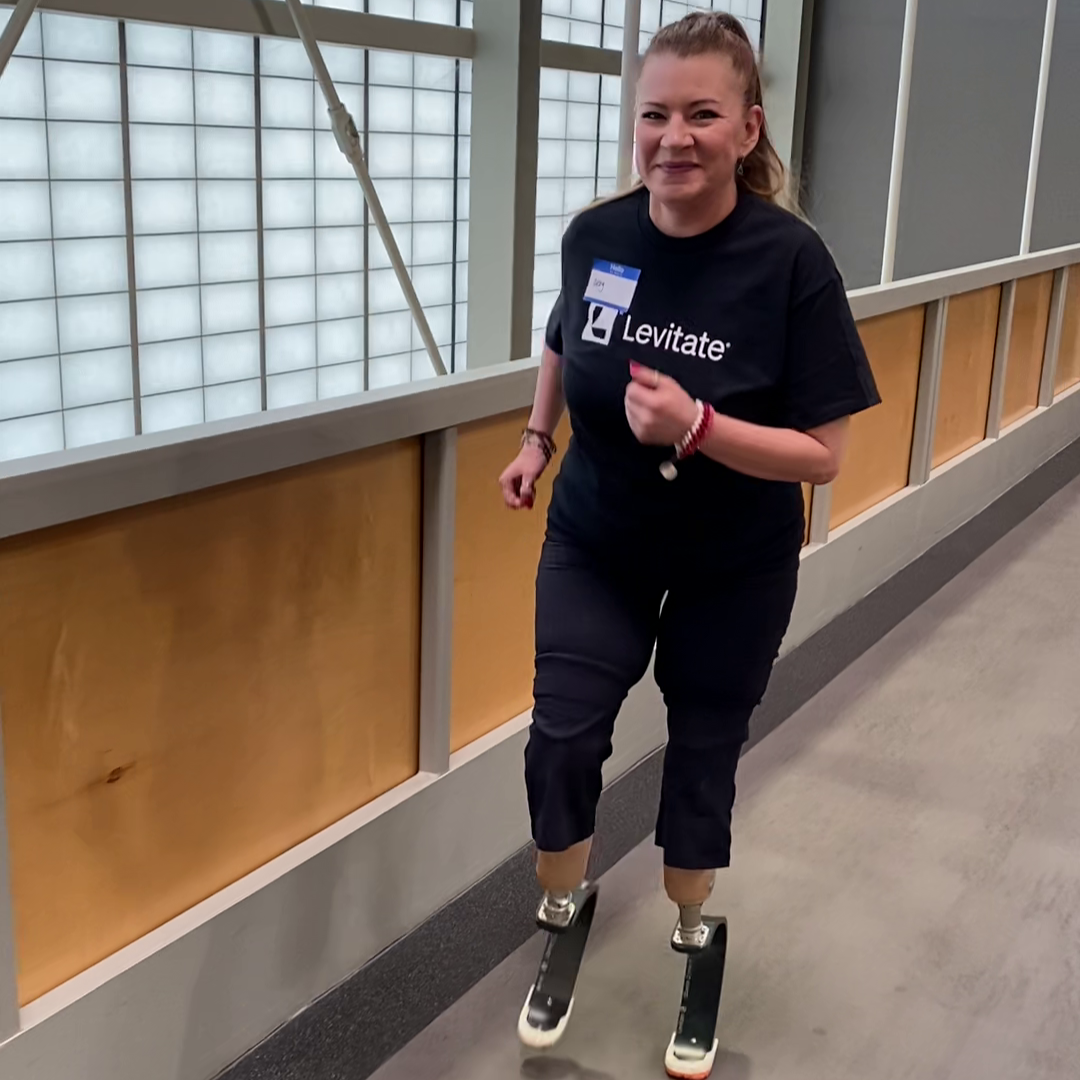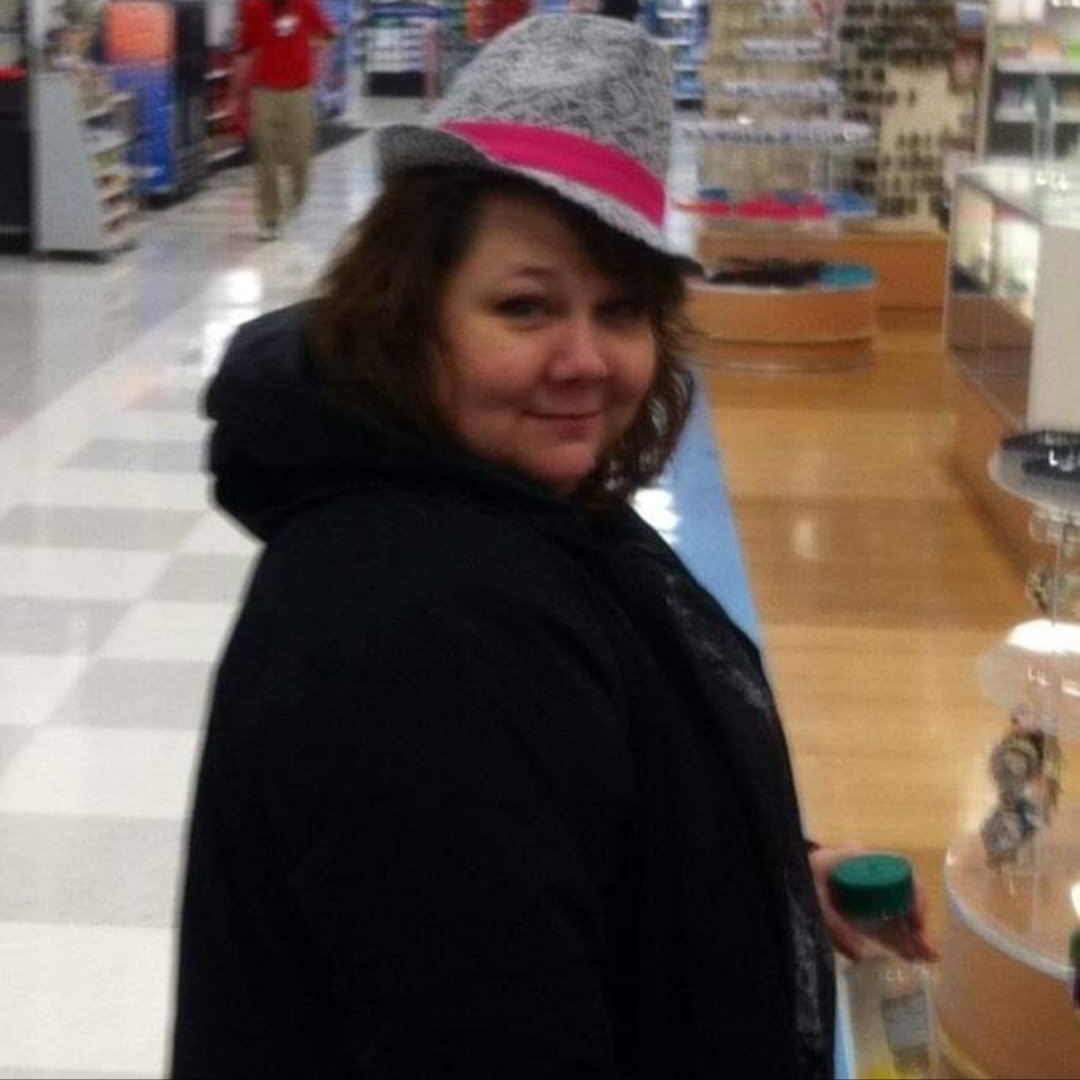by Karen Morley
This is my story and it’s brutally frank. I need to warn you that this description of my late-stage anal cancer journey will likely make you uncomfortable, but that’s the point. Trust me when I say that it was far more uncomfortable for me. Before you read on, I want people to avoid this journey by any means. If I could’ve had a vaccine to prevent HPV-related cancer, you can bet my ass I would’ve! (Pun definitely intended.)

Life was grand, except for my puzzling symptoms. I was 49 years old and couldn’t figure out how I’d gotten painful hemorrhoids, but I was between jobs and without health insurance, so I figured I’d wait until I started my new job to take care of them. In the meantime, I treated myself with every over-the-counter promise I could find. Life was otherwise grand. I had recently gotten engaged to my boyfriend of several years. I had a fabulous summer riding roller coasters with my nieces and just enjoying life.
Then, at Thanksgiving, I traveled to Canada to visit my fiancé and show him what a real American gluttonous Thanksgiving was like. He insisted I go to a doctor—my life would never be the same.
A shocking diagnosis
The doctor referred me to a surgeon, who scheduled me for a colonoscopy two days later. Thanksgiving was scrapped while I prepped for my Friday procedure. The next Monday, I had a biopsy. Tuesday was an ultrasound of my lymph nodes, followed by an obgyn pap and biopsy. Within a week, I had a diagnosis: stage 3B anal cancer. The 9 cm tumor in my rear end was late-stage squamous cell carcinoma of the anal canal and very aggressive. Trust me, people’s empathy flies out the window when they hear that you have butt cancer.
I had never been tested for HPV. My oncologist asked if she could, and I tested positive. The first time I’d ever heard of anal cancer was 6 months prior to my diagnosis when Farrah Fawcett famously succumbed to it. You can bet I was scared. Very scared. Plus, I had no health insurance. I tried to get appointments back home in Atlanta, but no one would even give me an appointment with a cancer diagnosis and no insurance. I had been a senior executive in a software company, so I had money—or so I thought. When you have cancer, you’d be surprised at how fast funds will dwindle.
The truth about anal cancer treatment
I ended up back in Canada for treatment. I’d have to pay cash for treatment, but I wouldn’t be turned away. Thank goodness. We postponed our wedding and I got busy facing cancer.
After jumping through miles of hoops and legal red tape, I had appointments. So damned many appointments. Keep in mind that I had to pay for every one of them: MRIs, CT scans, bloodwork, x-rays, surgeons, oncologists, and medication.
Did you know that they give you tattoos prior to radiation so the beams are consistently calibrated? They’re not fun tattoos either. I was laying on my back, naked from the waist down in a large, very cold room. People walked in and out. I couldn’t see them because I was immobilized. They spread my legs apart, knees as far apart as they could get with the soles of my feet together. They call this the “frog leg position.” Suddenly, strangers were touching my privates, taping my genitals, measuring, and then tattooing spots on either side of my groin.
Throughout this procedure, tears were streaming down my face. I had always been a very modest person and this felt so invasive, so impersonal, so dehumanizing.
The treatment for anal cancer is pretty brutal. It consists of simultaneous radiation and chemotherapy. Plus—lucky me—they insisted I get a colostomy prior to the therapeutic treatment because the tumor was large and extremely painful.
The colostomy surgery was one of the most painful things I’d endured—up to that point. Post surgery, sitting up in my hospital bed was so excruciating that they had to teach me to roll on my side and use the bed frame to prop myself to a sitting position. Dealing with a colostomy as a reasonably young woman was an education. It’s messy, stinky, and quite embarrassing. Your belly farts and smells awful. People turn and stare if you dare to be out in public. It was so humiliating. But this was not the most humiliating thing I would endure.
Enduring radiation and chemo treatment
After my colostomy surgery, I was sent by ambulance to another hospital to have a chemo port installed. Then it was back to the cancer treatment hospital for my first round of radiation. The tumor was so aggressive that they had to redo the tattoo process; the tumor had grown that much. So yeah, I got to do that again.
Radiation itself is a solitary, lonely experience. They put you on a table, naked from the waist down while they “situate you” for the zap. In my case, being situated meant moving my colostomy pouch out of the way and placing a large styrofoam block between my legs to keep them open and immobile. Then everyone leaves the room. You lie there while the linear accelerator makes its way around your body to shoot you with radiation. It’s eerily silent. All you can hear is the electronic hum of the accelerator.
Books tell you radiation can be like a mild sunburn, but my radiation oncologist (rad-onc) warned me that my treatment was going to be very difficult. The success rate at my cancer stage was about 30 percent. She warned me that I was going to have to fight hard if I wanted to survive. Radiation was not “like a sunburn.” More on that later.
From radiation therapy in the basement, we wheeled up to chemo. I expected a lab, a lazy-boy with a big IV stand, and chemo machines flashing numbers. Instead of sitting in a chair for a couple of hours, what looked like a baby bottle was attached by a tube to my port and taped to my arm. I was told I’d have to wear it for a week at a time.
Before I got to leave the hospital, an ostomy nurse taught me how to use the pouch and clean the stoma. I cried throughout.
My recovery was slow and painful.
After 10 days in the hospital and my first radiation under my belt (quite literally), I finally went home with a bottle attached to my arm and a pouch attached to my belly. I remember my fiancé (now husband) helping me get ready to shower by wrapping me in plastic wrap! I had to wrap the staples in my stomach and the port on my arm. It was a very sad and scary thing to see myself in the bathroom mirror covered in plastic wrap and bloody gauze. More tears.
Radiation is not a sunburn—not when your oncologist sets you up for maximum grays (the unit they use to measure radiation). Radiation has a half-life, so “maximum” is the most you should get for your lifetime. Yikes. That meant if the treatment didn’t work, I’d be very low on other options. Radiation occurs every weekday. I was scheduled for 33 days of radiation treatment with a 3-day proton “booster” after the hard stuff. With pelvic radiation, the first thing that happens to a woman is menopause.
After 3 days, I was dealing with the onset of menopause as well as the chemo bottle, nausea, exhaustion and driving myself to daily rads. It was the worst time of my life—until a couple of weeks later. Radiation burns you. Imagine the soft flesh around your rear and vagina. The burns I got were so severe that the doc gave me Flamazine, slow release Oxy, and quick release Oxy. It was still so painful that I couldn’t wear pants or undergarments anymore. I couldn’t sit without a pillow. Mostly, I laid down.
Radiation therapy makes you exhausted. Not tired and sleepy: bone weary. Some days it was all I could do to get out of bed. When it got really bad, my rad-onc offered me a break in treatment for a couple of weeks. She had warned me in the beginning that a break in therapy would lead to less positive outcomes, so I stuck with it.
I was one of the lucky ones
After 36 days of radiation and 3 rounds of week-long chemo, I was done. Which was also weird. You go from daily appointments with doctors noticing every sniffle, every low T-cell count, and every side effect to being on your own. My body was wasted to under 90 pounds, the burns were still painful, and my mouth still tasted like gun metal. I was told to call if I noticed any new symptoms. I was scheduled for a scan in a couple of months. Apparently, a waiting period is necessary. If you scan too soon after treatment, the radiation in your body defeats the scan.
Waiting to get the scan was nerve racking. Had these past months been successful? Clearly, I survived, but lasting effects are still with me. Massive scar tissue has negatively impacted my intimate relationship. I spent over $300,000; I was broke and still in debt. The new job I was going to start didn’t wait for me.
But I was lucky. I was alive. Friends I met through an online support forum weren’t as lucky.
There are so many small horrors I haven’t written about, but you’re welcome to ask if you like. All I can say is please, do everything you can to avoid this experience. A sore arm for a day or two is a price I’d have gladly paid.
Karen Morley is a 63 year old, software product manager who became a chocolatier after cancer prevented her return to high tech. She lives in Canada with her husband of 13 years. Her story, like all others on this blog, was a voluntary submission. If you want to help make a difference, submit your own post by emailing us through our contact form. We depend on real people like you sharing experience to protect others from misinformation.



